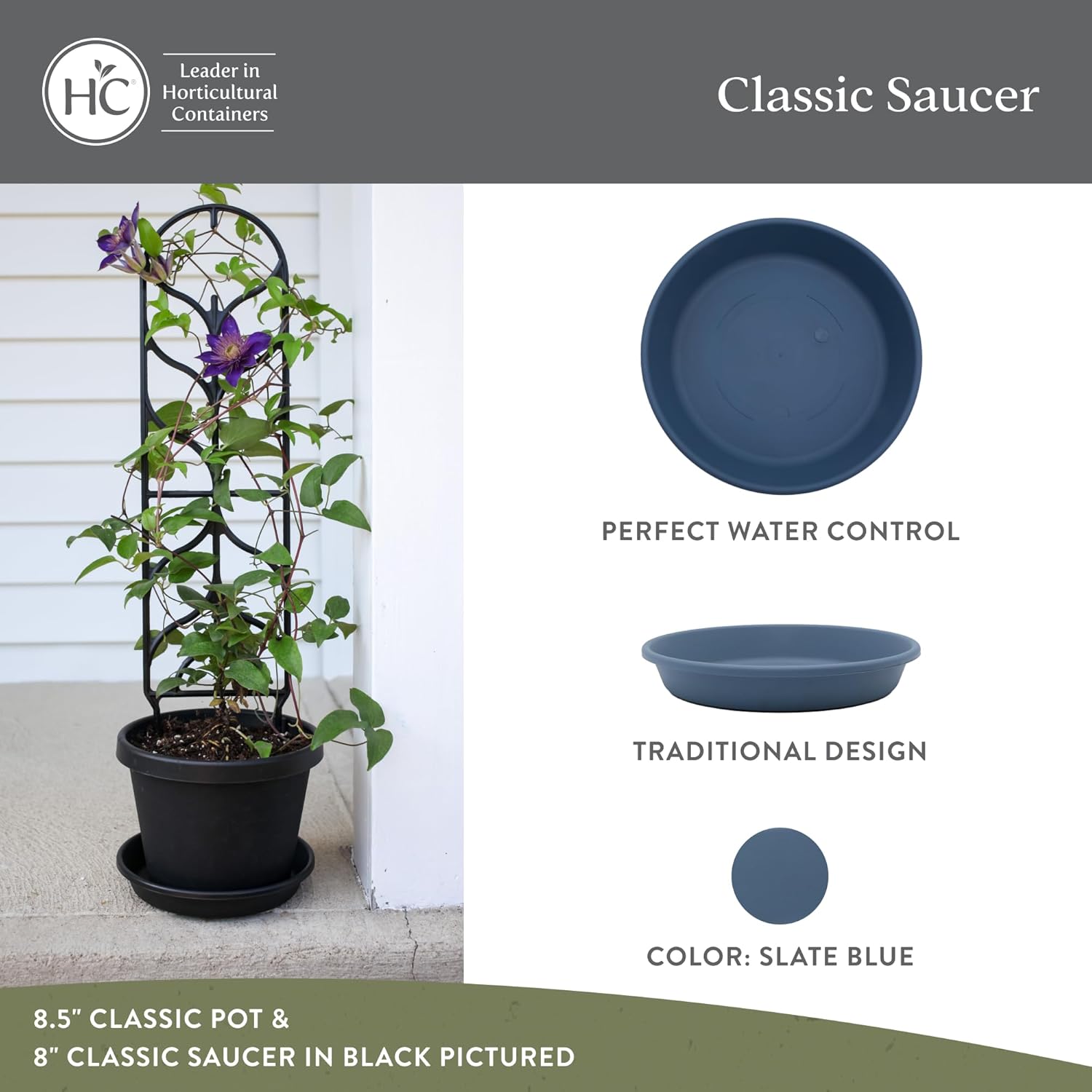Flowers are deeply woven into the spirit of Hawaiʻi, adding color, fragrance, and meaning to everyday island life. From vibrant leis to roadside blooms, each petal tells a story—of love, culture, and connection to the land. Whether native or introduced, these iconic tropical flowers have become part of what visitors and locals alike associate with Hawaiʻi’s beauty. Their scents linger on the breeze, welcoming travelers the moment they arrive. In this article, we’ll revisit six beloved varieties that have earned a lasting place in Hawaiian tradition and hearts, and explore how they continue to shape the islands’ identity today.
Table of Contents
Plumeria (Frangipani)
Few flowers capture the spirit of Hawaiʻi quite like the plumeria. With soft, velvety petals and a sweet, tropical fragrance, plumerias are often the first bloom to greet visitors as they arrive. Though not native—originally introduced in the 19th century—this flower has become a symbol of Hawaiian hospitality and romance. Worn behind the ear to indicate relationship status, plumerias are also a favorite choice for leis, especially at airports and luʻau ceremonies.
These trees thrive across the islands, from hotel gardens to wild coastal trails. During World War II, tossing a plumeria lei into the sea became a heartfelt ritual for sailors—its direction believed to signal a return or farewell. Today, their petals are still seen drifting on memorial waters in quiet remembrance.
Hawaiian Hibiscus (Hibiscus brackenridgei)
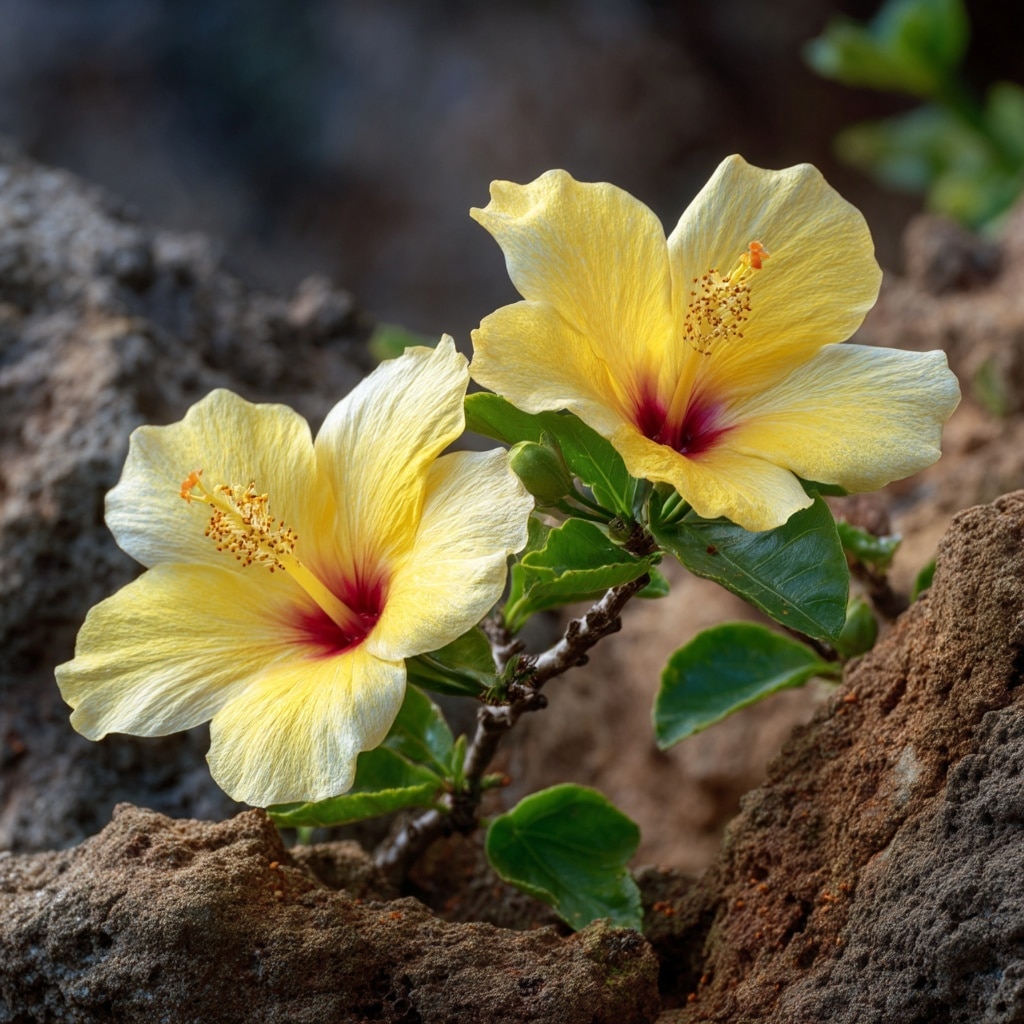
Among the most recognized flowers in Hawaiʻi, the Hawaiian hibiscus holds a special place as the official state flower. The bright yellow hibiscus, or pua mao hau hele, was officially designated in 1988, although earlier generations often associated the red hibiscus with the title. Native to the islands, several species exist—some endemic, others indigenous—making the hibiscus a rich symbol of Hawaiʻi’s botanical heritage.
With blossoms that bloom nearly every day but last only a short time, hibiscus flowers remind us of nature’s fleeting beauty. Their vibrant shades—ranging from golden yellow to fiery red—add bursts of color to gardens, hiking trails, and botanical collections like those at Koko Head. Endangered in the wild, these stunning blooms are best admired without picking, allowing them to thrive for future generations.
Bird of Paradise (Strelitzia reginae)
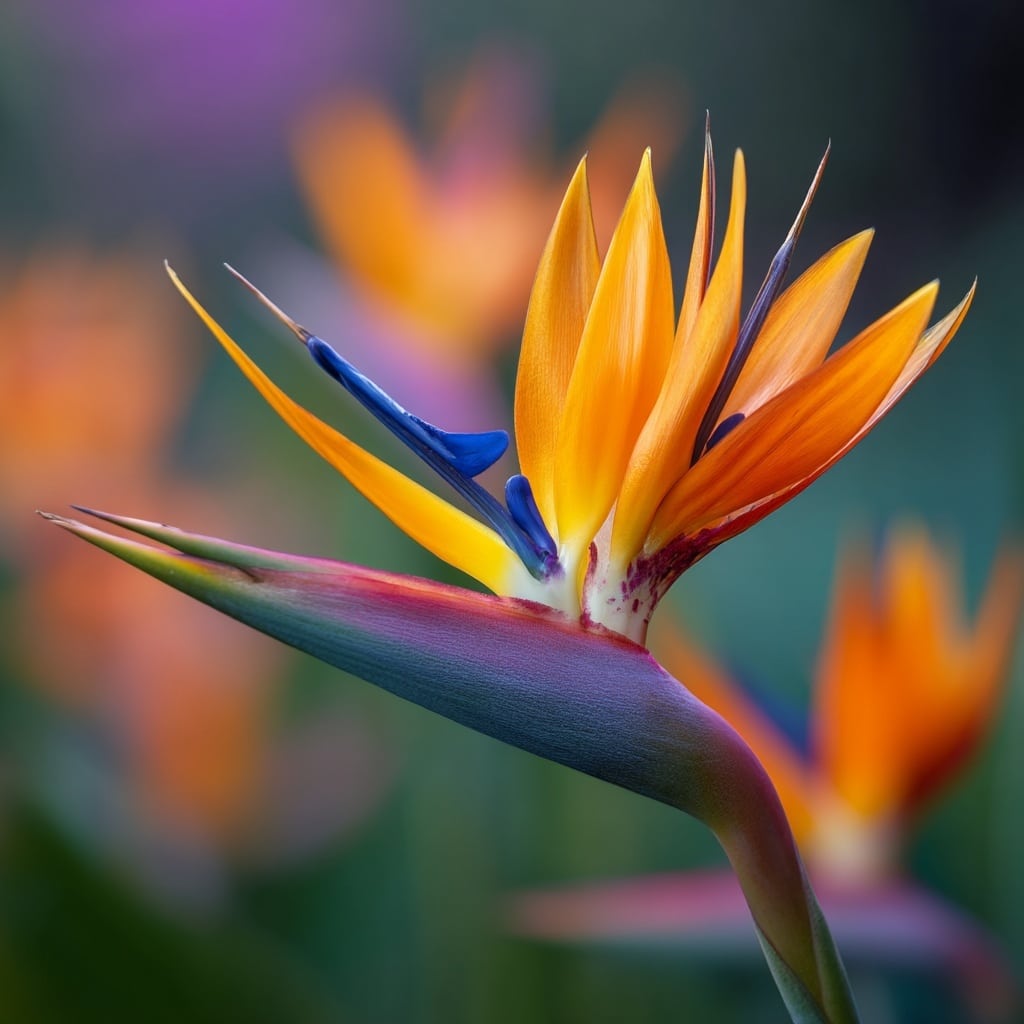
Among tropical flowers, few are as instantly recognizable as the Bird of Paradise. Its bold, angular petals resemble a colorful bird in flight—making it a favorite in floral displays across Hawaiʻi. Although native to South Africa, this striking perennial has firmly rooted itself in Hawaiian gardens, parks, and even rainforest trails.
Bird of Paradise flowers are admired not just for their vibrant structure, but for their long-lasting blooms, which make them ideal for leis and arrangements. These hardy plants flourish in warm, humid environments and are often spotted near waterfalls, especially along scenic hikes like ʻAkaka Falls or the lush paths of Hāna. Their sculptural elegance also captured the attention of artist Georgia O’Keeffe, who immortalized them in her Hawaiʻi-period work.
Pīkake (Arabian Jasmine)
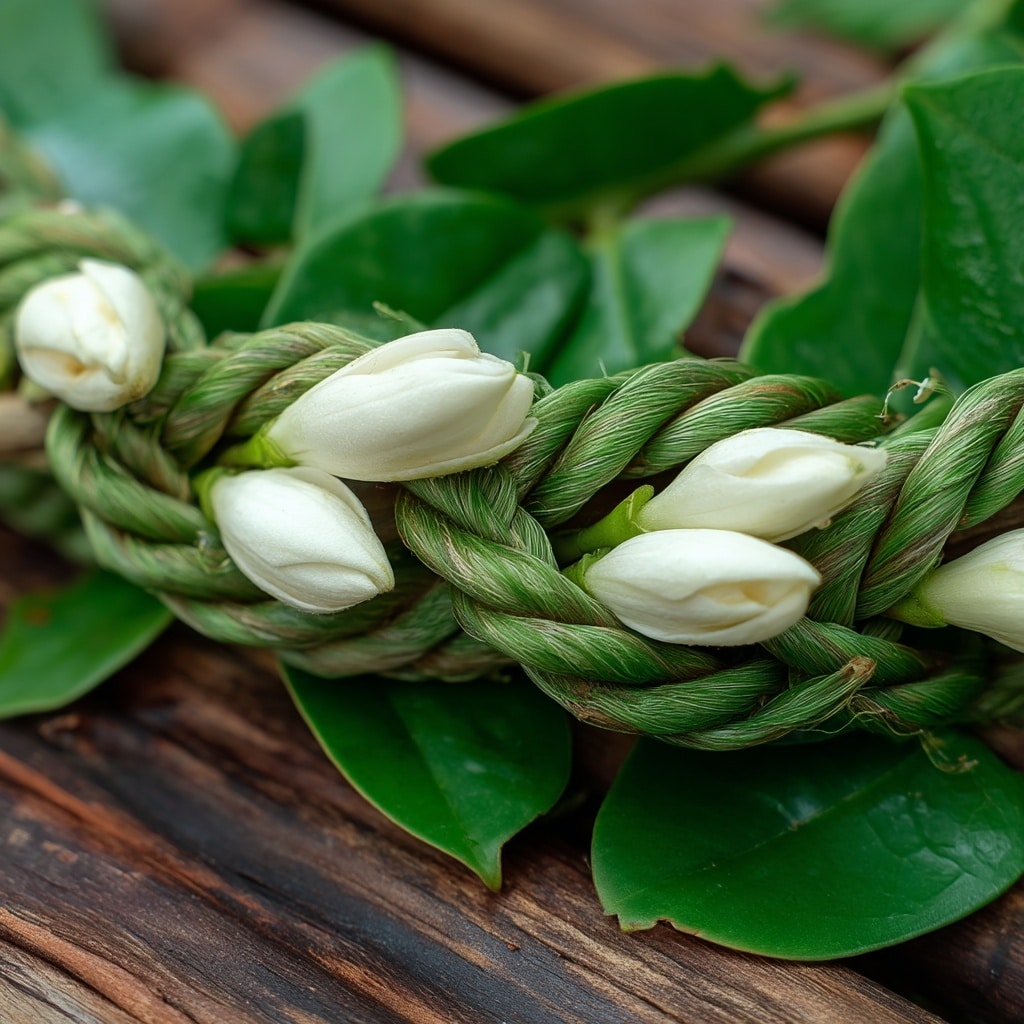
Fragrant and delicate, pīkake stands among the most cherished flowers in Hawaiian culture. Though its botanical roots trace back to South Asia, the pīkake earned its Hawaiian name from Princess Kaʻiulani, who adored both the flower and her pet peacocks—pīkake means “peacock” in Hawaiian. Its soft white buds release a sweet, lingering scent often associated with romance and tradition.
Pīkake flowers are commonly woven into “rope-style” lei, using buds rather than full blooms to create elegant strands. Brides, hula dancers, and honored guests often wear these lei during weddings and cultural ceremonies. You’ll find pīkake growing in home gardens and nurseries, especially in drier parts of the islands where it thrives. Its scent alone can instantly evoke the gentle charm of Hawaiian evenings.
ʻŌhiʻa Lehua (Metrosideros polymorpha)
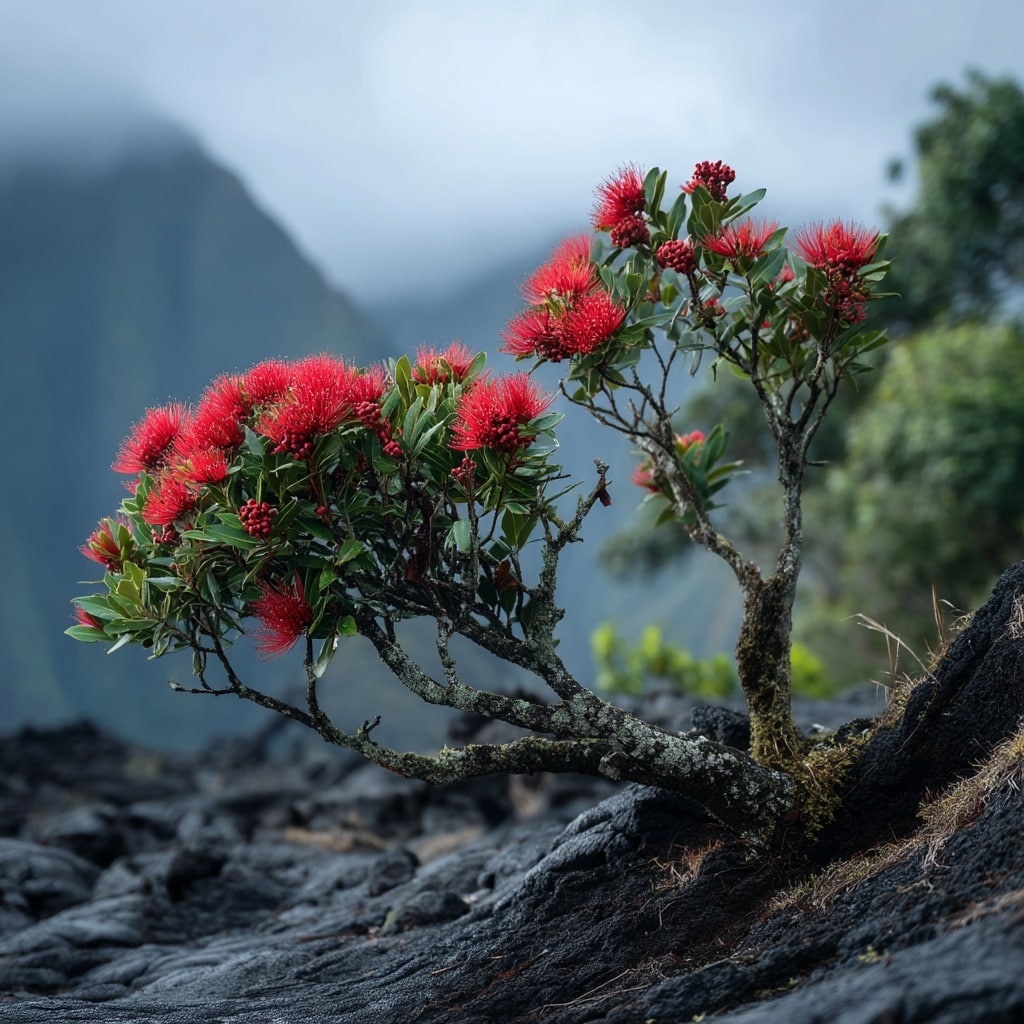
Of all Hawaiian flowers, the ʻōhiʻa lehua may be the most deeply rooted in local legend and landscape. This resilient bloom is often the first sign of life on hardened lava flows, thriving where little else can. Its fiery red blossoms are not just beautiful—they’re symbols of rebirth and strength. The flower also carries a powerful love story tied to the volcano goddess Pele and the star-crossed lovers ʻŌhiʻa and Lehua, whose spirits are said to live within the tree and flower.
Endemic to Hawaiʻi, ʻōhiʻa lehua flowers play a vital role in both ecosystems and cultural traditions. Native Hawaiians once used the wood for building canoes and homes, while the blossoms were used in hula ceremonies and medicine. These blooms are most often found in upland forests across the major islands.
Naupaka (Scaevola spp.)

Naupaka is one of the most unique flowers in Hawaiʻi, known for its distinctive half-bloom shape that makes it look as if a piece is missing. According to Hawaiian legend, the split form represents a love torn apart—Princess Naupaka and her commoner lover were separated by fate, each keeping half of the flower: one growing in the mountains, the other by the sea.
These flowers come in two primary forms: mountain naupaka (naupaka kuahiwi) and beach naupaka (naupaka kahakai). While both bloom year-round, the mountain variety is typically more fragrant. You can find them growing wild along coastal trails, mountain paths, and public parks like Ala Moana and Sandy Beach. Their unusual form and romantic origin make them a lasting symbol of longing and devotion.
Conclusion
The flowers of Hawaiʻi are more than just beautiful—they carry stories, traditions, and a deep connection to the islands’ natural rhythms. Whether it’s the vibrant hibiscus, the soft petals of plumeria, or the symbolic naupaka, each bloom offers a glimpse into Hawaiian culture and environment. These iconic tropical flowers aren’t just seen—they’re felt, remembered, and celebrated. Next time you walk a trail, visit a beach, or receive a lei in Hawaiʻi, take a moment to appreciate the meaning woven into each petal.






